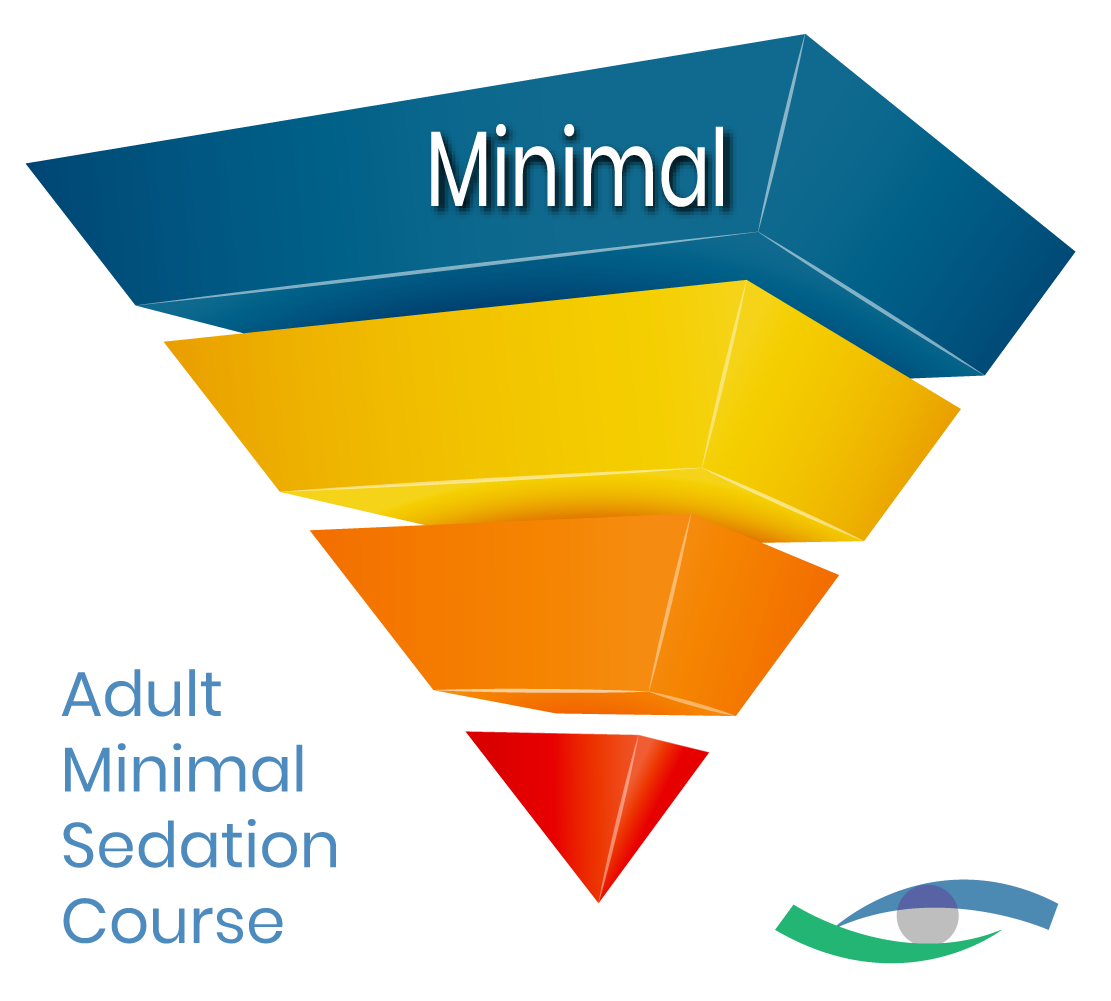Description
Safe Procedural Sedation
In the Minimal Sedation course, students learn how to develop a plan for a safe procedure and to identify the signs that indicate that a patient has moved from minimal to moderate sedation. Students also learn the 4 levels of sedation as defined by the American Society of Anesthesiologists (ASA), how to chart vital signs and how to actively manage a patient discharge. The use of sedation drugs outside of the operating room has expanded dramatically in recent years and it is becoming incresingly important for the non-anesthesiologist healthcare professional to fully understand every aspect of procedural sedation.
Pre-Test
Students first go through a pre-test that helps to establish how well they understand the basics of procedural sedation. The pre-test also helps in establishing what aspects of the Minimal Sedation course the students needs to focus on.
Scenario based education
The Minimal Sedation Course takes the student through 3 separate scenarios that are typical of what a practitioner might encounter outside of the operating room. By going through the scenarios, the student learns the proper way to chart vital signs and what the signs are that indicate that the patient has moved from minimal to moderate sedation.
Airway management
According to ASA guidelines, a healthcare provider needs to be able to resuscitate a patient from a level of sedation above the level of sedation they are providing. For minimal sedation, this means that the student must have adequate training in basic airway management skils. For this reason, the student is required to have a current Basic Life Support (BLS) card.
Course Evaluation
Prior to getting certified in Minimal Sedation, the student is required to provide us with an evaluation of the course, determining if the course met their expectations and what improvements might be recommended.

